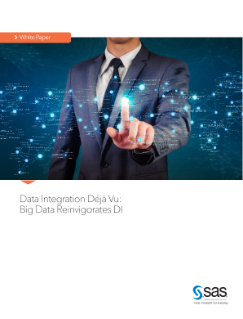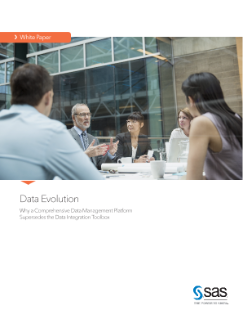
There are many ways to do data integration. Those include: Extract, transform and load (ETL) – which moves and transforms data (with some redundancy) from a source to a target. While ETL can be implemented (somewhat) in real time, it is usually executed at intervals (15 minutes, 30 minutes, 1







